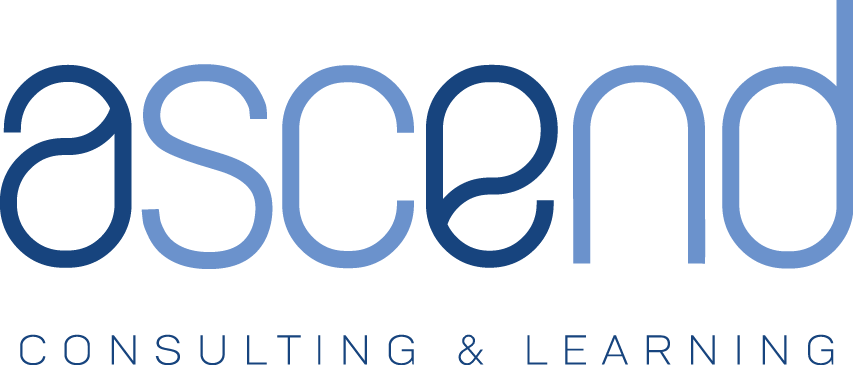
We are approaching the beginning of a new year. For many A/E firms, this means entering a new cycle of strategic planning. Many will get together for strategic planning sessions early in the year and leave energized about the future with a list of initiatives to tackle in 2021. By July, many of these initiatives will be completed or shelved, and the world has probably changed. The traditional annual strategic planning cycle has advantages, but it often falls short of keeping your business moving forward.
Strategy does require a certain level of consistency to be successful. However, that does not mean that strategy should be a static process to only plan or revisit once a year. Strategy works best when it is planned but is agile enough to also emerge. This can only be done if you treat your strategic plan as a living document. Luckily, there are several things that A/E firms can do, and several tools they can use, to keep their strategy, and their strategic plan, alive.
Develop Deep Insights
Strategy is the link between your company and the external environment it competes in. So, deep insights, about your company and those environments, are essential to developing effective strategy. A broad understanding of these deep insights is also necessary if you want your firm’s strategy to continue to evolve outside of the boundaries of your annual strategic planning retreat. This knowledge empowers your firm to recognize opportunities that present themselves, no matter when they occur.
Traditional strategic planning tools, such as the SWOT analysis, are good but they are often not enough if you want to develop truly deep insights. Deep insights must be developed for both the internal environment of your company and the external environment you compete in. Effective internal analysis should look beyond strengths and weaknesses by developing insights about your company’s competitive advantage and differentiators. Effective external analysis should look beyond opportunities and threats by developing insights regarding changes in industry and market dynamics.
There are many tools that help strengthen the quality of strategic analysis to develop deep insights. I discuss several of them in depth in other blog post series. Some good places to start to learn more are here, here, here, and here.
Don’t Stop Progressing
Traditional strategic planning processes ask firms to annually prioritize strategic ideas and initiatives to be implemented. Don’t get me wrong, this is a good idea. The most important initiatives should be implemented first. However, the themes and initiatives that did not make it to the top of the list often don’t get done, or at best, get shelved for the following year. Why? If you have time to keep progressing your strategy, do it.
To keep your strategy progressing, strategic priorities and initiatives can instead be treated as a backlog of work to be done. Once the initial planning session initiatives are complete, the highest priority initiatives that are part of the backlog should begin. A great way to track this is with a simple tool borrowed from the world of lean manufacturing and agile project management, the Kanban board. A Kanban board is a simple visual tool used to track work at various stages. It does this by listing tasks in three main categories: to do, in progress, and done. Your backlog of initiatives can be listed as “to do” while your initiatives underway can be listed as “in progress”. A Kanban board is a simple tool to keep your team informed and keep your strategy top of mind and moving forward.
Keep the Rhythm
Strategy is more than strategic planning and strategic planning is more than an annual retreat. All the planning in the world is useless without effective execution. To ensure execution of your strategic plan and allow it to continue to progress, you need to establish an implementation rhythm and stick to it. A great way to do this is with quarterly review and update meetings that occur between your annual planning sessions. This meeting can and should be used for more than just reviewing the progress of your annual initiatives though. Effective quarterly strategy meetings ask the following questions.
- How are we doing? Check the status of your strategic planning initiatives that are underway and quarterly goals you have set for yourself. Are people meeting their commitments? Is your company meeting its goals?
- What have we learned? Now that you have deep insights into your firm’s strengths and competitive advantage, what have you learned this quarter? What have you done to strengthen your position or what new opportunities have presented themselves?
- What has changed? Has anything in the external environment changed? If there have been significant changes in the markets you compete in, it may require you to shift your strategic gears.
- What’s next? If you have organized your strategic priorities and initiatives on a Kanban board as suggested above, you can now re-prioritize your backlog and make strategic assignments for the upcoming quarter. Even though you completed your top five initiatives from the annual planning session, you are not yet done.
Allow Strategy to Emerge
As I wrote about in a previous blog post, strategy works best when it is planned but is flexible enough to be allowed to emerge as well. Remember that you are always developing, and you can learn from this if you have spent the time to develop deep insights into the competitive advantage of your firm. Recognize that, no matter how enlightened you are, you may not fully understand your firm’s competencies and capabilities until they emerge. Be open to dipping your toe in the water to try new things when it makes strategic sense to do so and learn from these experiments.
How do you know when to experiment and when to pursue an opportunity that presents itself outside of your strategic plan? To steal a phrase from Jim Collins, empower your firm to exercise “freedom within a framework”. Your framework should be set by your vision and goals, your sandbox (the scope of your business), and your competitive advantage. This framework will provide strategic guide rails for your firm’s managers, equipped with deep insights, to experiment within. The quarterly meetings mentioned above are a great time to discuss these experiments to further grow the knowledge and insights of your team.
Strategy development and execution is not a once a year event. It is a full-time job that needs to be nurtured to be kept alive. The practices above can provide that nourishment. If you would like to discuss how this may apply to your business specifically, I would love to hear from you. You can get in touch with me here.

